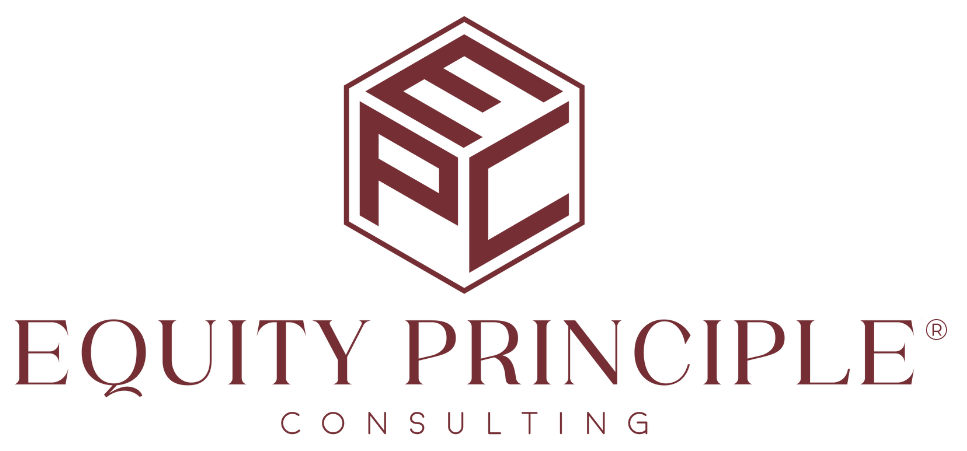Embracing Intersectionality in the Workplace: A Path to True Inclusion
As the world becomes increasingly diverse, the concept of intersectionality in the workplace has become essential to understanding the complexities of identity and the challenges encountered by individuals. Coined by Kimberlé Crenshaw in 1989, intersectionality is a framework that examines how various social identities—such as race, gender, sexuality, class, and disability—intersect and overlap, leading to unique experiences of discrimination and privilege. Understanding intersectionality is crucial for fostering an inclusive and equitable workplace.
Understanding Intersectionality in the Workplace
Intersectionality reveals that people’s experiences cannot be fully understood by looking at single dimensions of their identity. For example, a Black woman may face discrimination that is different from that experienced by a white woman or a Black man due to the combined impact of both racial and gender biases. This interconnected nature of social identities means that individuals with intersecting marginalized identities often encounter compounded inequities and exclusion in the workplace. Understanding this impact fosters empathy and a deeper understanding of the challenges faced.
Challenges Faced by Employees with Intersecting Marginalized Identities
- Discrimination and Bias: Employees with intersecting identities may experience multiple layers of discrimination. For instance, LGBTQ+ people of color might face both racial and sexual orientation discrimination, making their workplace experiences particularly challenging.
- Microaggressions: These are subtle, often unintentional, comments or actions that perpetuate stereotypes or demean individuals based on their identities. Microaggressions can accumulate over time, leading to a hostile work environment and impacting mental health.
- Limited Career Advancement: Systemic biases can result in fewer opportunities for promotion and professional development for those with intersecting marginalized identities. This can perpetuate a cycle of underrepresentation in leadership roles.
- Isolation: Employees with multiple marginalized identities might feel isolated if they do not see others like themselves in their workplace. This can impact their sense of belonging and engagement.
Tips for Employers to Embrace Intersectionality
Creating an inclusive workplace that acknowledges and respects intersectionality requires intentional effort. Here are some steps employers can take:
Starting with Small Steps
- Education and Awareness: Conduct regular training sessions on intersectionality and implicit bias for all employees. Resources such as articles, videos, and workshops can help increase awareness and understanding.
- Open Dialogue: Foster a culture of communication and trust. Employees must feel safe sharing their experiences and perspectives to engage in open dialogue. Encourage listening sessions and employee resource groups (ERGs) to provide platforms for marginalized voices.
- Inclusive Language: Obtain training on inclusive language and learn to use such language in all workplace communications. This includes using gender-neutral terms and being mindful of cultural sensitivities.
Moving to Bigger, More Impactful Acts
- Policy Review: Conduct a thorough review of workplace policies and practices to identify and address any biases that may disproportionately affect employees with intersecting identities. Ensure policies are equitable and inclusive.
- Diverse Leadership: Commit to increasing diversity in leadership positions. Implement mentorship and sponsorship programs to support the career advancement of employees from marginalized groups.
- Equitable Opportunities: Ensure all employees can access professional development and career growth opportunities. To reduce bias, create transparent processes for promotions and raises.
- Supportive Environment: Mental health resources and flexible work arrangements can be part of a comprehensive support system responding to the diverse needs of employees.
- Regular Assessment: Continuously assess the workplace climate and employee experiences through surveys and feedback mechanisms. Use this data to inform and adjust DE&I strategies.
By embracing intersectionality and responding to the unique challenges faced by employees with intersecting marginalized identities, employers can create a more inclusive, equitable, and thriving workplace. Starting with small, intentional steps and progressing to broader, systemic changes, organizations can ensure that every employee feels valued, respected, and empowered to contribute their best.

